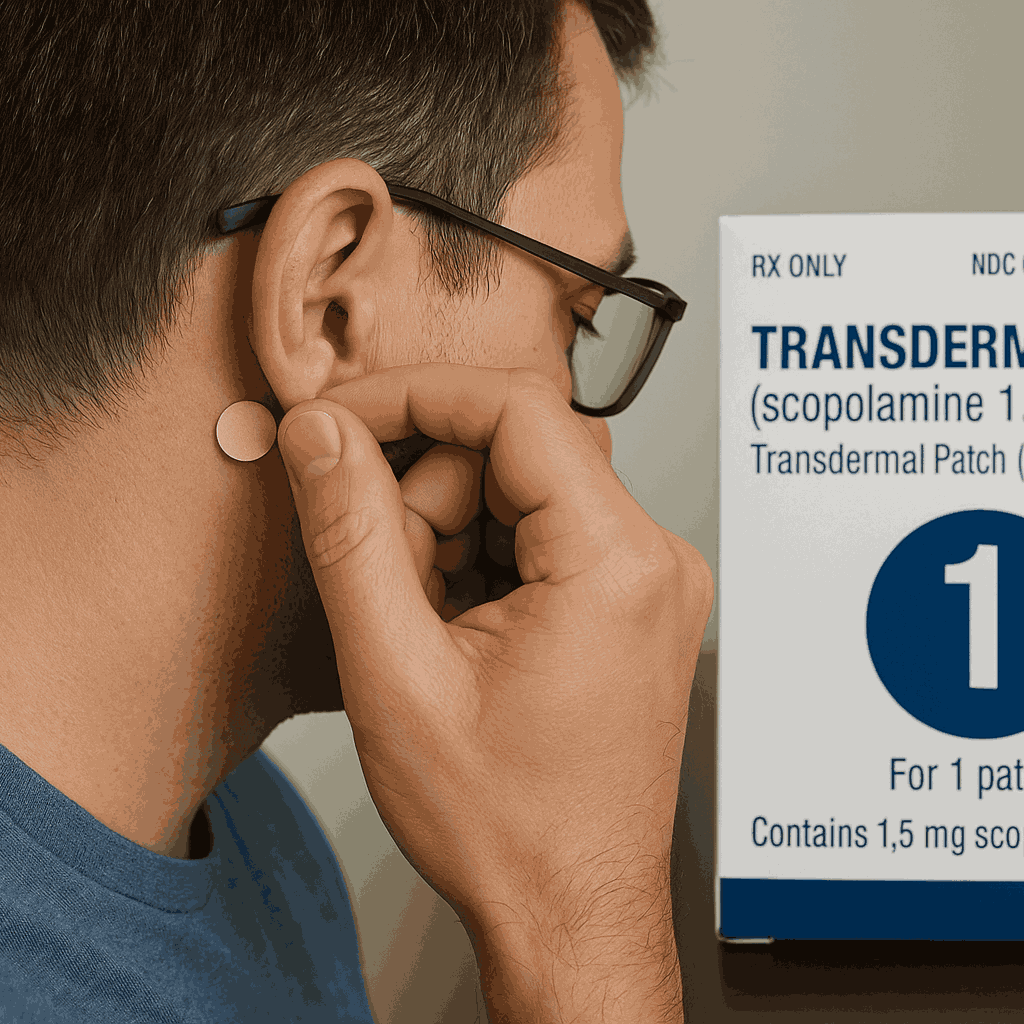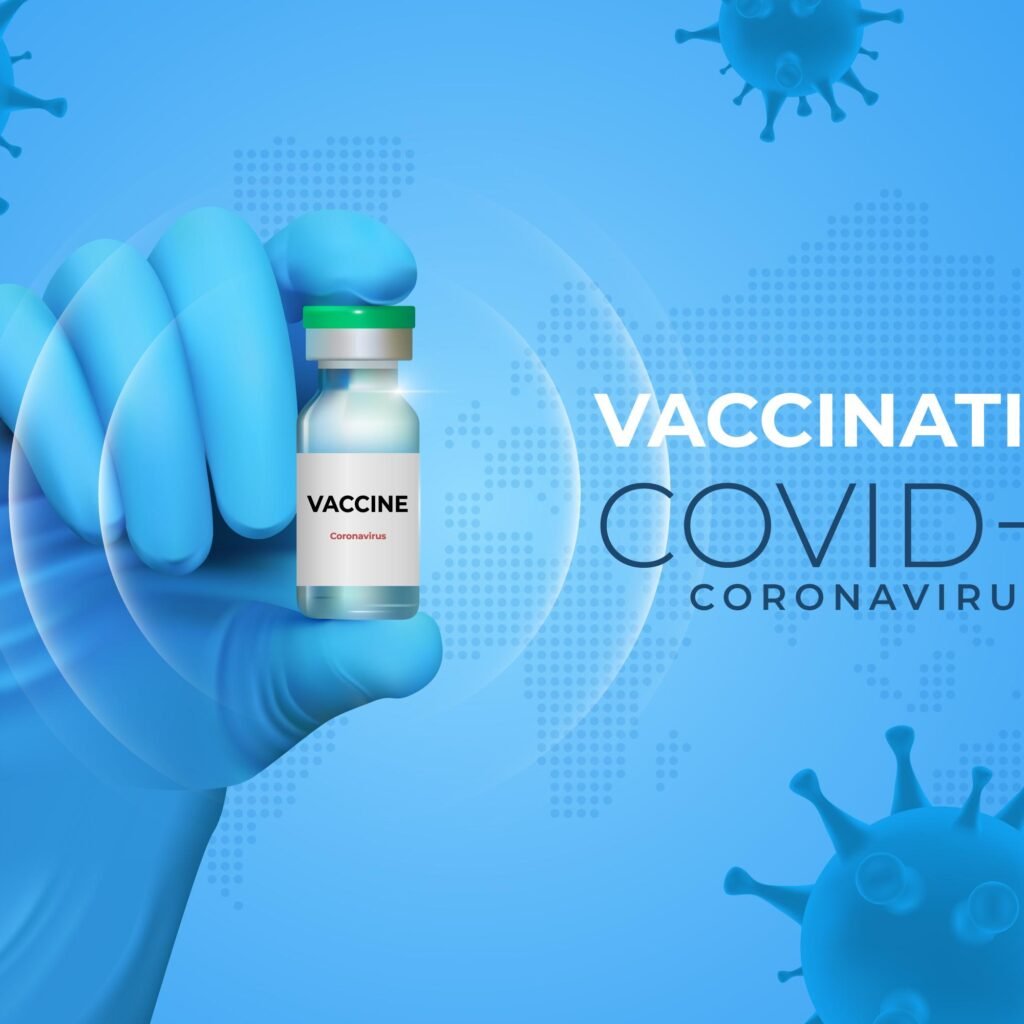June 22, 2025
Category: Drug Safety Alerts | FDA Updates | Patient Safety
Written by: Priyanka Khamkar, MPharm
Reviewed By: Pharmacally Editorial Team
The U.S. Food and Drug Administration (FDA) has issued a serious safety communication regarding Transderm Scōp®, a widely used transdermal patch containing scopolamine marketed by Baxter Healthcare Corporation. This transdermal patch is generally prescribed to prevent motion sickness and postoperative nausea. On June 18, 2025, the FDA issued a warning letter that stated that the patch can impair the body’s ability to regulate temperature, potentially causing dangerous heat-related complications, including hospitalization and even death. FDA specifically observed these events in children 17 years and younger and patients who are 60 years and above, who may be sensitive to control body temperature disturbances. The FDA warns Baxter to include this safety information into the label.
What’s the issue?
The scopolamine transdermal patch, typically applied behind the ear, being an anticholinergic drug, inhibits the neurotransmitter acetylcholine, which results in an anticholinergic effect that may suppress the body’s ability to maintain internal pressure and increase the body’s core temperature, and reduce sweating, making it harder to cool down the body. This disrupts thermoregulation and can result in hyperthermia, especially in hot environments or when combined with external heat sources like heated blankets. The FDA observed that the hyperthermia occurs within 72 hours (3 days) after applying the transdermal patch for the first time to the patient; this increases the causal relation between the drug and the event.
The one more thing highlighted by the FDA is that the Transderm Scop patch is only approved for adults, and it is not allowed to be used in children. So it is not an FDA-approved drug for children. However, in some cases, doctors use it as “off-label” in children, like for excessive drooling with cerebral palsy or other neurologic disorders.
Real-World Cases
A review of safety data by the FDA received worldwide since August 2024 revealed that 13 cases of hyperthermia were directly linked to the scopolamine patch use. The onset of reaction, mostly within 72 hours after patch application, confirmed the causal relationship between the scopolamine patch and hyperthermia. Out of these 13 cases, 8 cases involved children equal to or less than 17 years of age, and 4 cases involved older adults (≥60 years). 6 patients were hospitalized; however, 2 deaths were reported in one pediatric and one geriatric patient. In several cases, body temperatures increase above 105°F (40.5°C).
Understanding the Mechanism
Scopolamine works by blocking acetylcholine, a neurotransmitter involved in many involuntary body functions, including sweating. By reducing sweating, scopolamine can unintentionally cause core body temperature to rise, especially in
- Hot weather
- Feverish illness
- Dehydrated states
- Use of heat-generating devices
When the body failed to cool down on its own by the process of sweating, the inner temperature of the body started to increase. The consequences of increased temperature can range from mild confusion and disorientation to loss of consciousness, coma, or even death.
FDA Instructions
After finding these cases, the FDA instructed Baxter Healthcare Corporation to include these safety findings in the label. The label should mention the risk of hyperthermia resulting in serious harm, along with vulnerable population groups of children below 17 years of age and elderly patients above 60 years. The label should instruct patients to remove the patch as soon as their body temperature increases and if they are not experiencing sweating, even if they are in a warm environment.
FDA Guidance: What Patients and Providers Need to Know
The FDA warns patients and caretakers that during use of the Transderm Scop patch, the following instructions should be followed:
- Monitor the signs of hyperthermia: flushed skin, lack of sweating, dizziness, confusion, or unusual fatigue.
- Avoid heated environments and external heat sources (e.g., heated blankets, direct sun exposure).
- If symptoms appear, immediately remove the patch and seek medical attention.
- Be aware that side effects can persist for hours or days after patch removal, as the absorbed medicine remains in the body until it’s eliminated.
- As the long-term use of the patch or use in children is not allowed, the caretaker or patient should consult with a healthcare professional before starting this therapy.
For Healthcare Professionals
- Warn patients and caregivers about the risk of hyperthermia while prescribing, especially in the vulnerable populations of young children and older people. This population is more susceptible to thermoregulatory changes
- Instruct patients to remove the patch and consult with a healthcare provider if they experience any hyperthermia symptoms.
- The prescriber should make the patient aware of the fact that even if they remove the patch, the symptoms may persist as the medicine remains in the body for hours or days.
Quick Safety Checklist
Do | Don’t |
Apply the patch only as directed | Use in children without medical guidance |
Monitor the signs of hyperthermia | Exposure to heat sources or wear in high temperatures |
Remove the patch if hyperthermia signs occur | Ignore early symptoms like dizziness or fatigue |
Inform your doctor about side effects and symptoms | Long-term use of patch |
Conclusion & Pharmacally’s Take
At Pharmacally, we encourage patient education and informed usage of medications, especially those with powerful systemic effects like anticholinergics. The FDA warning related to the scopolamine transdermal patch highlights how even commonly prescribed drugs can carry rare but serious risks.
All patients and caretakers should stay vigilant, follow proper application guidelines, and communicate any concerns with healthcare providers immediately. For clinicians, it is important to check the benefit-risk balance of the scopolamine patch in vulnerable populations, and in risky conditions, they should consider safer alternatives if available.
References
FDA adds warning about serious risk of heat-related complications with antinausea patch Transderm Scōp (scopolamine transdermal system), US FDA, 18 June 2025, https://www.fda.gov/drugs/drug-safety-and-availability/fda-adds-warning-about-serious-risk-heat-related-complications-antinausea-patch-transderm-scop#:~:text=FDA%20is%20warning%20that%20the,instances%20from%20heat%2Drelated%20complications.
Drug Safety Communication, US FDA, https://www.fda.gov/media/187121/download?attachment
Highlights of prescribing information, Transderm scōp, https://www.accessdata.fda.gov/drugsatfda_docs/label/2025/017874s053lbl.pdf




